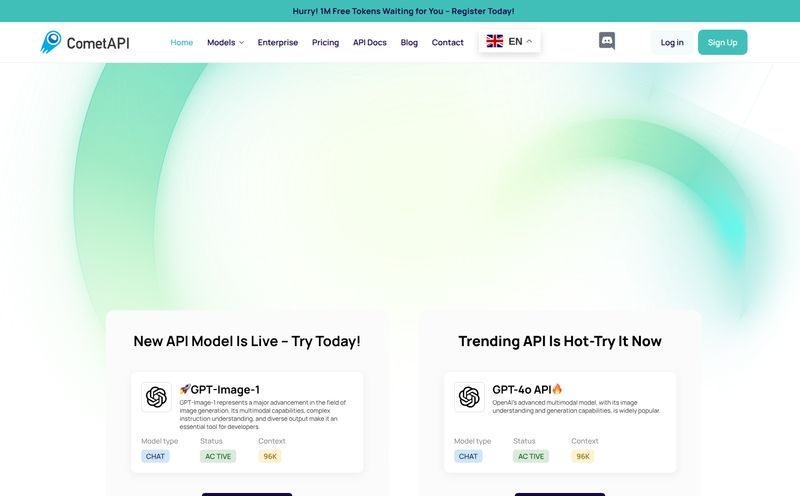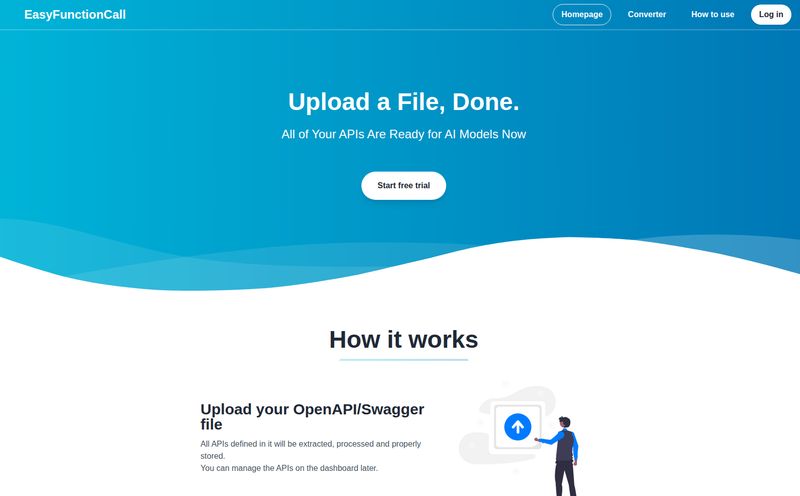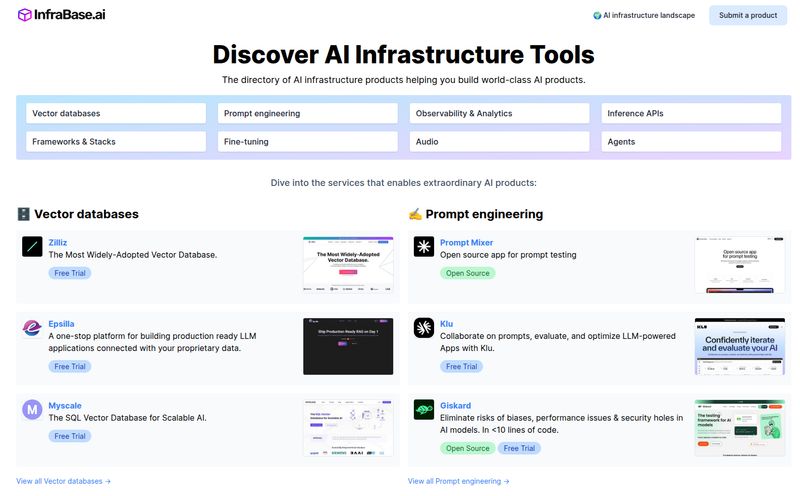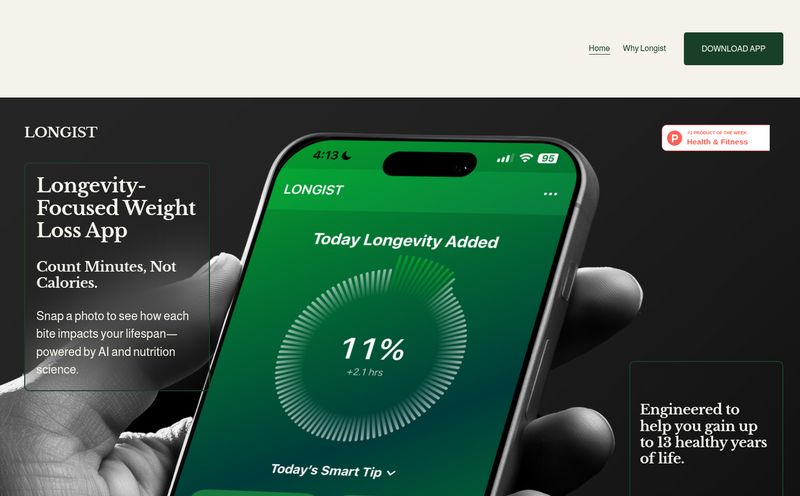Building a computer vision pipeline from scratch is a pain. A real, honest-to-goodness, 'why-did-I-choose-this-career' kind of pain. I've been there. You spend weeks, sometimes months, meticulously collecting and labeling thousands of images, only to find your model performs about as well as a blindfolded squirrel trying to find a specific nut. Then you have to figure out how to actually deploy the darn thing without it crashing a server. It's a slog.
So when a platform comes along promising to handle the entire workflow—from data to deployment—my inner skeptic raises an eyebrow. I’ve seen a lot of tools promise the world and deliver a pamphlet. But I’ve been hearing the buzz about Roboflow for a while now, and I’ve seen it pop up in more and more serious developer circles. Over a million of them, apparently. So, I decided it was time to give it a proper look. Is it really the end-to-end solution we've been waiting for, or just another pretty UI with not much under the hood?
What Exactly Is Roboflow? (More Than Just Another AI Tool)
At its heart, Roboflow is a computer vision platform designed to take the grunt work out of building and deploying AI models that can 'see'. Think of it less as a single tool and more as an entire assembly line. You bring in your raw materials (your images or videos), and Roboflow gives you the machinery, the workers, and the quality control to turn it into a finished, working product.
I like to think of it like the Shopify for computer vision. Could you code your own e-commerce store from scratch, complete with payment processing, inventory management, and a custom front-end? Sure. But why would you, when Shopify gives you everything you need to get running in a fraction of the time? That's the vibe I get from Roboflow. It’s for people who want to build something amazing with computer vision, not spend six months building the tools to build the thing.
One of the first things that impressed me is its foundation. It’s built on and integrates with industry-standard open source projects like Supervision and Inference. This isn’t some black-box proprietary system. It shows they understand the developer mindset—we like flexibility and don't want to be completely locked into one ecosystem. It's a smart move that builds a lot of trust.
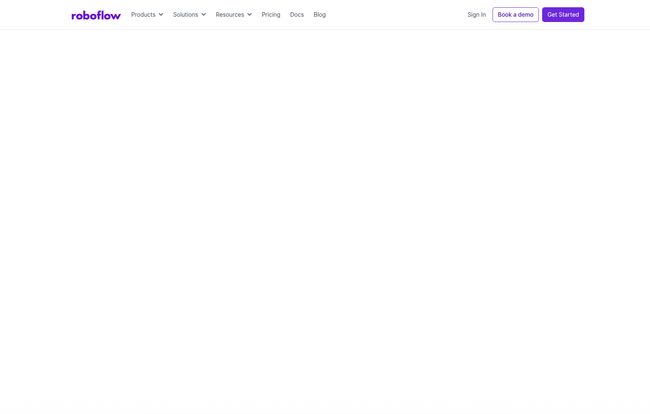
Visit Roboflow
The Features That Make a Difference
A feature list is just a list. What matters is what those features do for you. How do they solve the problems that keep us up at night? Let's break down the parts of Roboflow that I think are genuine game-changers.
From Messy Data to Clean Datasets
Data annotation. Ugh. Just the words give me flashbacks. I once had a project where I spent a solid month just drawing boxes around different types of industrial valves. My eyes were crossing by the end and I'm pretty sure my social life was non-existent. Roboflow attacks this problem head-on. Their automated and collaborative labeling tools are a life-saver. You can use models to pre-label your data, turning the tedious task of drawing every single box into a much faster process of just correcting the AI’s suggestions. For teams, the ability to work together on a dataset, track progress, and ensure consistency is just… chef’s kiss.
Training Your AI Model Without Tearing Your Hair Out
Once your data is ready, the next beast is training. If you've ever tried to set up a deep learning environment, you know the special kind of torment that is wrestling with NVIDIA drivers, CUDA versions, and Python dependencies. Roboflow offers a hosted model training infrastructure. You just upload your pristine dataset, pick a model architecture, and click 'Train'. The platform handles the GPU allocation and all the backend nonsense. This lowers the barrier to entry so much. You don't need a PhD in DevOps to train a state-of-the-art model anymore. And that’s a very good thing.
Getting Your Model Out into The Real World
This, for me, is where so many projects die. You can have the world's most accurate model on your Jupyter Notebook, but if you can't get it working in a real application, it’s useless. Roboflow's deployment solutions are incredibly versatile. Need a super-fast API endpoint in the cloud? Done. Need to run your model on an NVIDIA Jetson at the edge of a factory floor with no internet? They have an SDK for that. This flexibility is critical because computer vision isn’t a one-size-fits-all field. A model that identifies weeds in a field has very different deployment needs than one that puts funny hats on cats in a mobile app.
So, Who Is Roboflow Really For?
I don't think this is a one-size-fits-all platform, but it covers a surprisingly wide range of users. Here’s my take:
- The Solo Developer & Hobbyist: The free 'Public' tier is insanely generous. You get access to the core tools to learn, experiment, and build open-source projects. It’s the perfect sandbox for anyone curious about computer vision.
- The Startup & Small Team: This is the sweet spot. The 'Basic' and 'Growth' plans are aimed squarely at teams that need to move fast. Time is money, and Roboflow is a massive accelerator. Instead of hiring a dedicated MLOps engineer right away, you can use Roboflow to get your product to market and validate your idea. The testimonials on their site from companies like Rivian and Walmart aren't just fluff; they speak to this exact value proposition.
- The Big Enterprise: For large organizations, the 'Enterprise' plan offers the heavy-duty stuff: SOC 2 compliance, dedicated support, private deployments, and the scalability to handle massive datasets and requests. It's built for serious, mission-critical applications.
Let's Talk Money: The Roboflow Pricing Tiers
Alright, the all-important question: what's this going to cost? The pricing page can look a little complex at first, but it’s pretty logical when you break it down. You're essentially paying for privacy, collaboration, and scale.
| Plan | Price (Billed Annually) | Best For |
|---|---|---|
| Public | Free | Open source projects, students, and learning |
| Basic | $49 /month | Small teams and early-stage projects |
| Growth | $299 /month | Growing startups and businesses scaling up |
| Enterprise | Custom Pricing | Large organizations with specific security and support needs |
One thing to note is the concept of 'Roboflow Credits' for certain usage-based actions, like model training. This is where some people find it complex. My take? It’s a fair way to price a computationally expensive service. You pay for what you use. It just means you need to keep an eye on your consumption, which is good practice anyway. For most, the value you get in speed and saved developer hours will far outweigh the cost.
The Good, The Bad, and The Honest Truth
No tool is perfect. After spending time with the platform, here's my unfiltered breakdown.
What I love: The comprehensiveness is the biggest win. Having one place for annotation, training, and deployment just makes sense. The UI is clean and intuitive; it feels like it was designed by people who actually have to do this work every day. The integration with open source tools is a huge sign of good faith and technical savvy. And the ability to get a commercially licensed model you can actually sell? That's huge.
Where it gets tricky: When you use a platform this comprehensive, you are buying into an ecosystem. Some might call that 'vendor lock-in'. Frankly, I think for most startups and developers, the speed and convenience this provides is a worthwhile trade-off. The other point is the learning curve for the really advanced features. It's easy to get started, but to master everything it can do will take some time. But that's true of any powerful peice of software.
Frequently Asked Questions About Roboflow
Is Roboflow difficult to learn?
The basics are surprisingly easy! You can get a project started and a model trained in an afternoon. Mastering the more advanced features, like the custom deployment SDKs or intricate data augmentation pipelines, will take more time, but the initial barrier to entry is very low.
Can I use Roboflow for my university research?
Absolutely. The 'Public' plan is perfect for academic work. It's free, and the requirement for datasets to be public often aligns with the open-source ethos of academic research. They even have an academic research plan you can inquire about.
What happens to my data if I cancel my subscription?
This is a great question. According to their terms, you can export your data and models. You're not held hostage. This is a crucial point for anyone wary of platform dependency. Always good to have an exit strategy, even if you don't plan on using it.
Can I really deploy models trained on Roboflow anywhere?
Yes, and this is one of its strongest features. You get various export formats and deployment options, from a hosted API to running on-device on hardware like a Luxonis OAK or an NVIDIA Jetson. This gives you the freedom to put your model where it needs to be.
How does the commercial licensing for models work?
On paid plans, you can train models with commercial use rights. This means you can legally incorporate the model you've built into a product you sell. This is a critical distinction from many models trained on free platforms that come with non-commercial licenses.
My Final Verdict
So, is Roboflow the real deal? In my opinion, yes. It's a thoughtfully constructed platform that addresses the biggest, hairiest problems in the computer vision workflow. It's not a magic wand—you still need a good idea and good data—but it's an incredible force multiplier. It clears away the technical weeds so you can focus on building something innovative.
For the solo dev, it’s a free university. For the startup, it's a co-founder that handles all the MLOps. And for the enterprise, it's a scalable, secure foundation. It won't be the perfect fit for 100% of projects, but for a massive portion of the people working in this space, it’s going to feel like a breath of fresh air. It makes me genuinely excited to see what more people will build when the barrier to entry is this much lower.
Reference and Sources
- Roboflow Official Website
- Roboflow Pricing Page
- Supervision by Roboflow on GitHub - An example of their open-source contributions.
